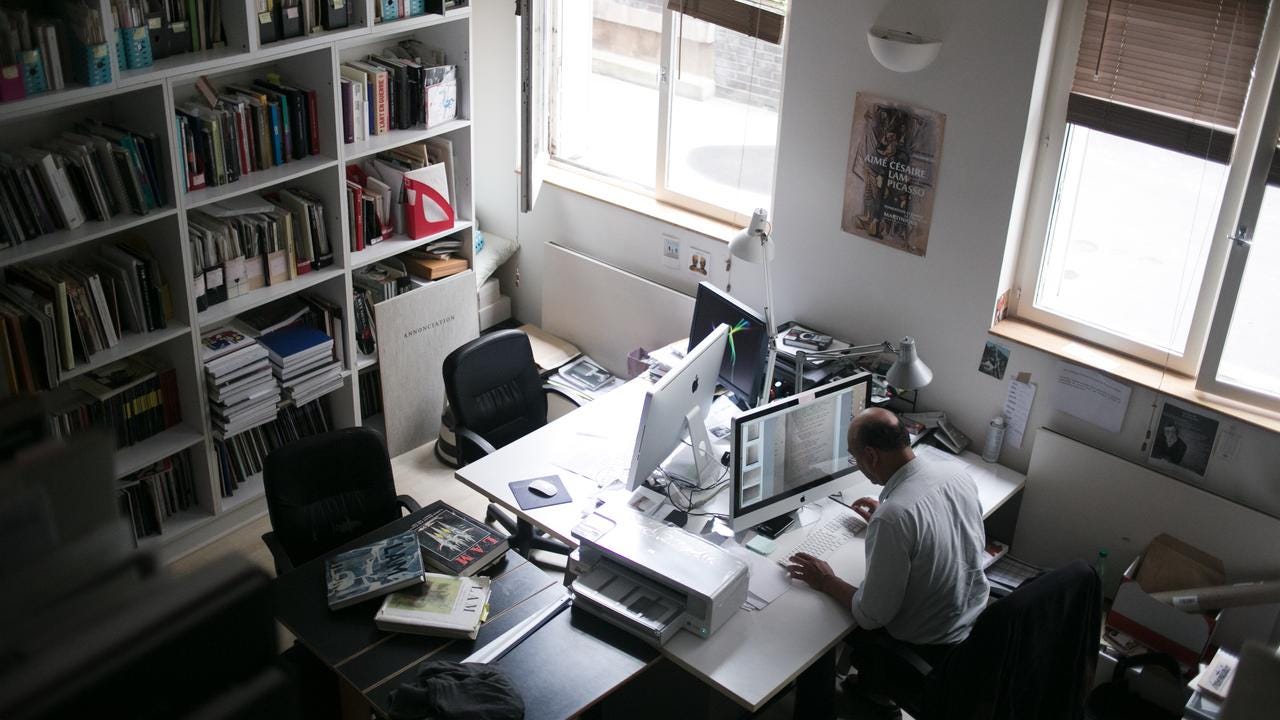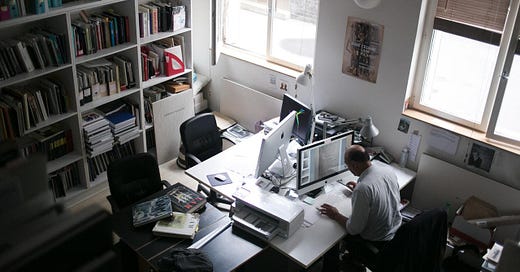Welcome to the Jungle of Wifredo Lam
For much of his childhood, Eskil Lam grew up 500 miles from his famous artist father. Now tending to the archives of this groundbreaking Afro-Cuban painter, he learns legions about the man behind the paintings, and the father he hardly knew.

Photos by Charlotte Gonzalez
Rue de La Roquette winds as only a Parisian street can, slicing at acute angles past cobblestone streets. During the nineteenth century, this was a desolate area, defined by the ominous Roquette Prisons. At night, the streets rang with the clang and wet smash of the guillotine, rolled out for public beheadings up until the turn of the twentieth century. Now, the prison bars and severed heads have been replaced with trendy cafes, falafel shops and thrift stores. The permanent fixture of homeless men in ragged leather jackets gather outside of a cheery natural foods store. They encircle the public toilet with gruff conversation every morning, surrounded by a rug of sleeping mastiffs and empty beer cans. Further down the block, neighborhood fixture Théâtre de la Bastille advertises the next season of performance-art black box theater. And across the street sits the one-room archive of the artist Wifredo Lam.
Walk through the burgundy gate to a courtyard and a w…
Keep reading with a 7-day free trial
Subscribe to Narratively to keep reading this post and get 7 days of free access to the full post archives.



